There are fewer product hotspots, fewer consumption hotspots, and fewer differentiated products... In the recent market competition, although the home appliance industry has the dividend of consumption upgrading, the difficulty and pressure of market detonation continue to surge. The biggest confusion is the internal competition of comprehensive homogenization from products to marketing, from services to experience, accelerating its spread.
The problem of product homogenization in the home appliance industry is mainly manifested in the high similarity in appearance design, lack of uniqueness and innovation, and difficulty in distinguishing different brands and models from the appearance. Secondly, the basic functions are similar. The basic functions of most household appliances are similar, such as refrigerator preservation, washing machine cleaning, etc., which makes it difficult for consumers to make clear distinctions in their functional choices. From the perspective of technical specifications, homogeneous products are relatively close. The technical specifications and performance parameters of the product are generally similar, making it difficult to reflect differences in performance. There is fierce competition for homogeneous products in terms of price. Price has become the main means of competition, intensifying the price war and putting pressure on the profits of channel merchants. Expanding, even product features, selling points, marketing actions, service innovation measures, and other imitations follow.
From products to collections, from technology to selling points, from marketing to services, and from scenarios to experiences, channel providers are facing a personal battle of "homogenization" imitation and follow-up from their peers.
Homogenization of household appliance products will increase market competition pressure for channel merchants, reduce their profitability, and require more energy and resources to address market challenges. Channel merchants need to develop wise market strategies to adapt to the competitive environment of homogeneous markets.
Dig deep into user needs and optimize product structure
With Generation Z gradually becoming the mainstream of consumption and the trend of consumer upgrading, users' requirements for home appliances are becoming higher and higher. Personalized and customized home appliances are more favored, and products with "full house intelligence", high appearance and functionality are rapidly developing. New intelligent products such as intelligent switches, intelligent toilets, sweeping robots, frying robots, and dishwashers are rapidly becoming popular. Channel merchants should have a deep understanding of consumer needs and preferences, continuously optimize product structure for different consumer groups, and continuously introduce high-end, innovative, and customized products.
Introducing innovative marketing models
Becoming a business that understands Generation Z well not only involves finding the pain points and needs of young people and providing solutions, but also being close to their preferences. By entering the territory of young people through precision marketing, innovative marketing strategies and promotion methods are utilized, such as social media, short videos, live streaming, and other new media channels to carry out precision marketing and interactive experience marketing, and actively interact and provide feedback with consumers. By continuously tracking consumer feedback and conducting in-depth analysis, we can also reverse customize products, achieve precise design and marketing, and continuously lead users' minds.
Diversified operation, breaking the situation and rebirth
The industry ceiling is at its peak, making it difficult for performance to grow. It can be imagined that in the case of market demand saturation, how can the industry not have internal competition? So many companies have been eliminated, indicating how fiercely they compete in the stock market.
Diversification and cross-border operation are effective paths for current enterprises to break the ceiling of growth. Home appliance merchants need to have a forward-looking perspective and be able to jump out of the industry to see development. Some merchants have already taken the first step. Some are migrating from the C-end market to the B-end market, looking for a second growth curve. Some are breaking through industry barriers and directly entering emerging industries with higher growth potential. But regardless of which approach, it is exploring the path for the industry to continue developing after entering the stock market.
Through the above differentiated layout strategy, home appliance channel providers can stand out in the market, provide different value from their competitors, attract more customers, and achieve long-term growth.
Yiyatong Home Appliance Platform is committed to building a one-stop supply chain service platform, and as the chairman unit of the Supply Chain Branch of the China Home Appliance Business Association, it continuously builds a platform for communication, exchange, and cooperation between upstream and downstream home appliance manufacturers. At present, Yiyatong has partnered with many high-end and trendy brands with differentiated advantages, such as Dege, Linnei, Husky, Beiding, etc., to empower home appliance stores and channel merchants, help them attract customers, increase profits, expand capacity, help stores build differentiated core competitiveness, and achieve a breakthrough in homogeneous competition. In the future, the Supply Chain Branch and Yiyatong will continue to deeply tap into industry demand and lead high-quality growth in the industry.



 English
English 中文简体
中文简体

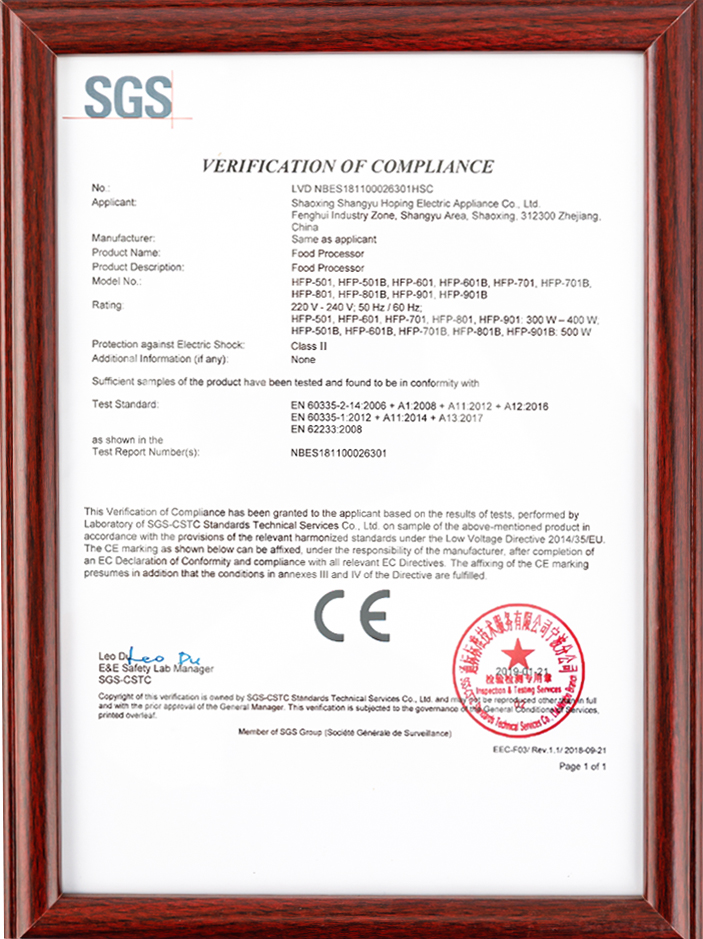
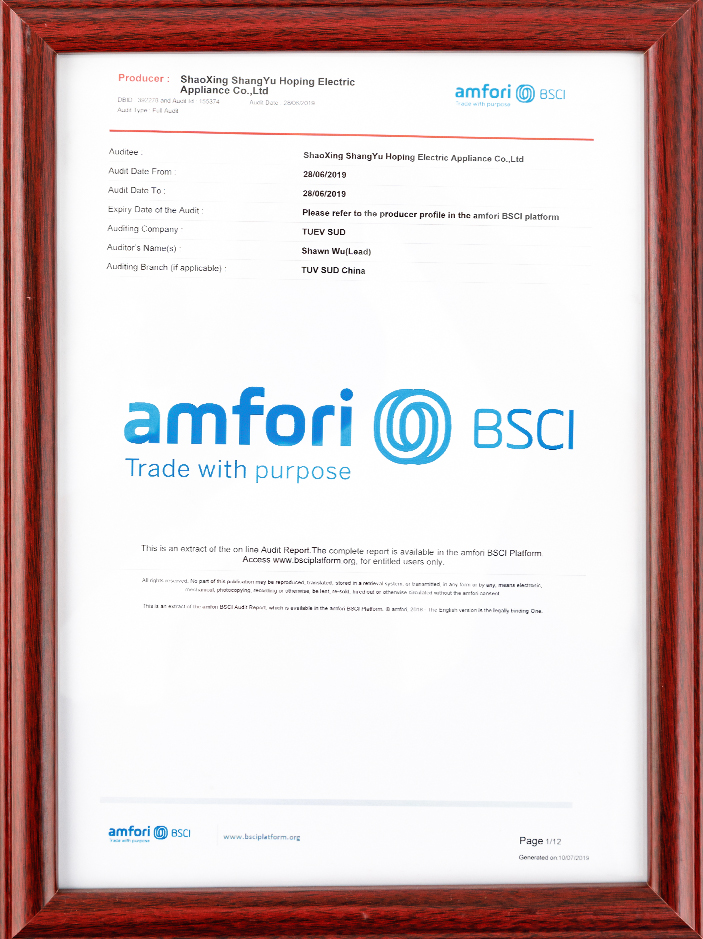
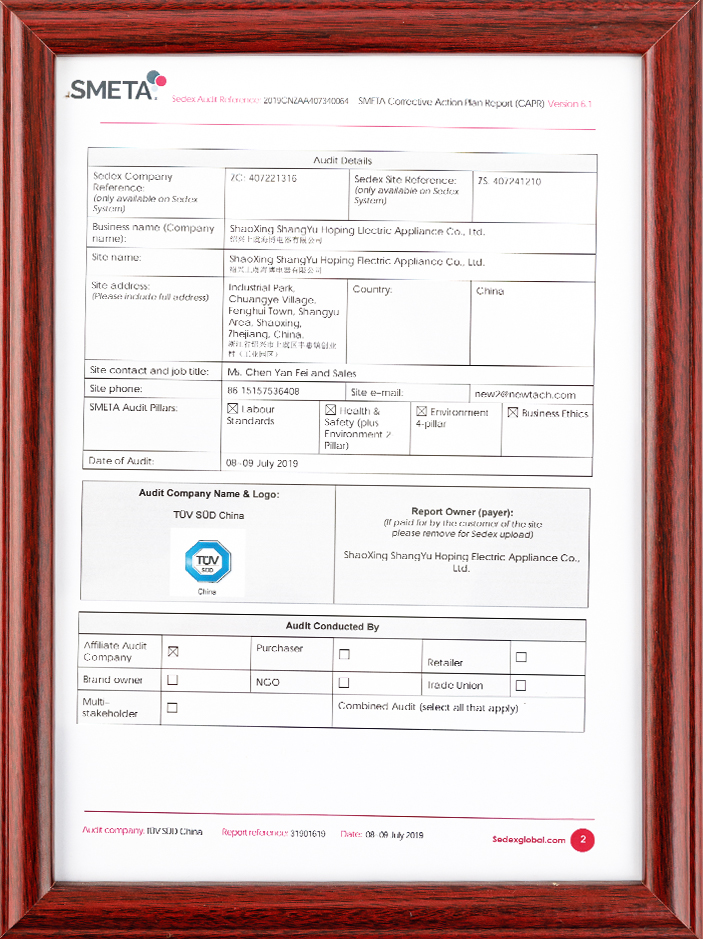
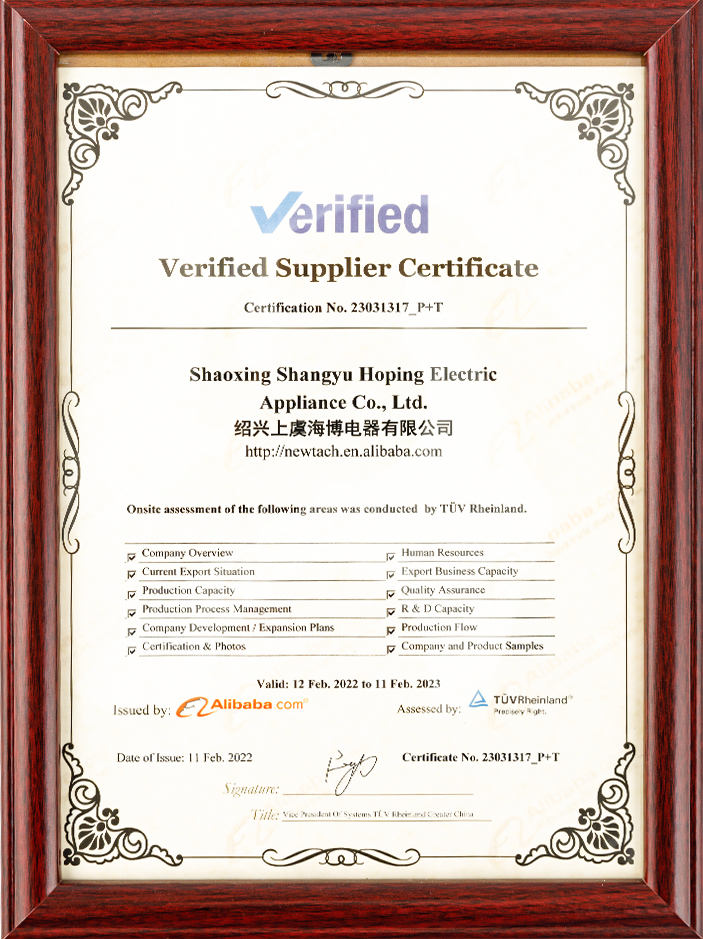
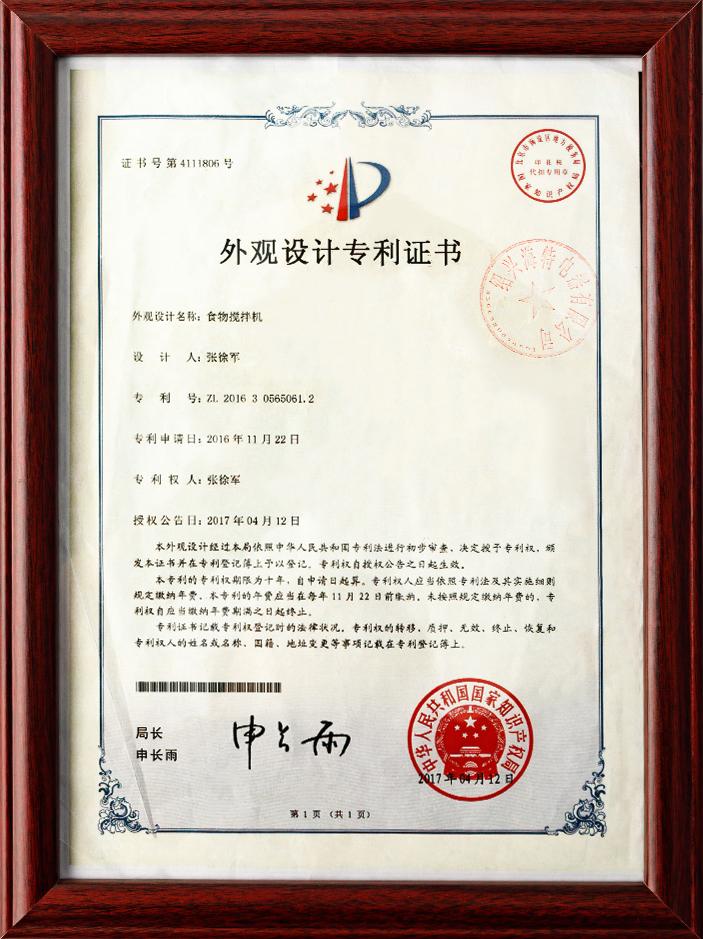
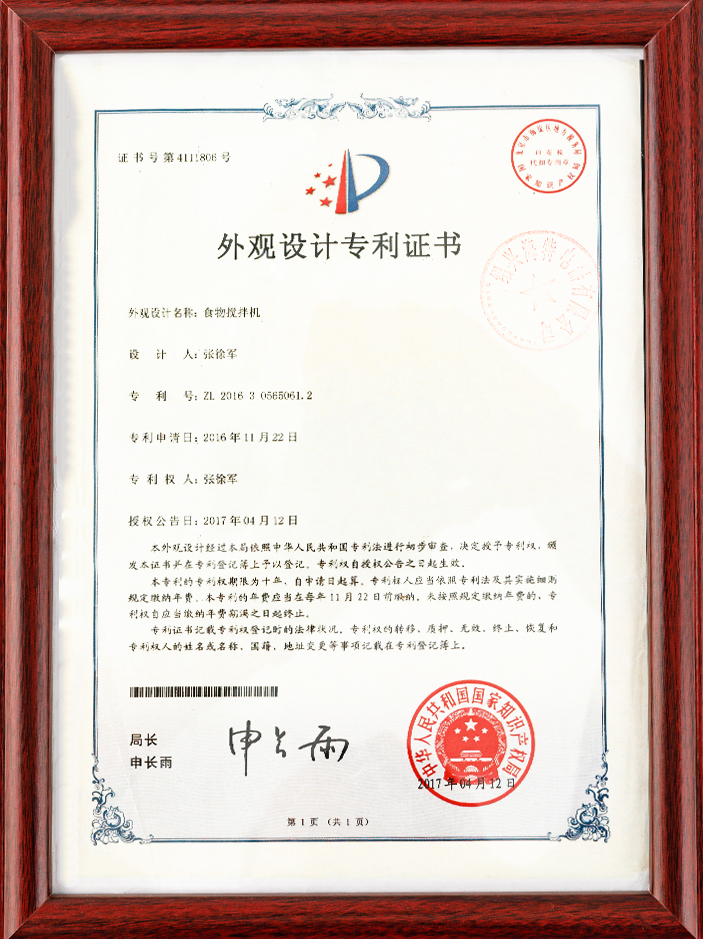
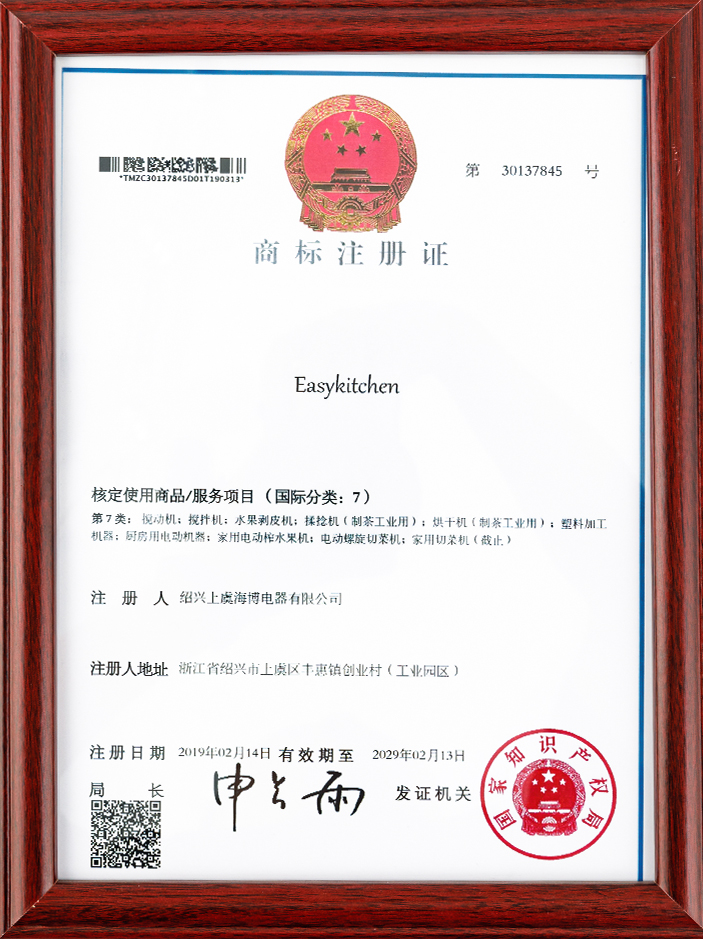
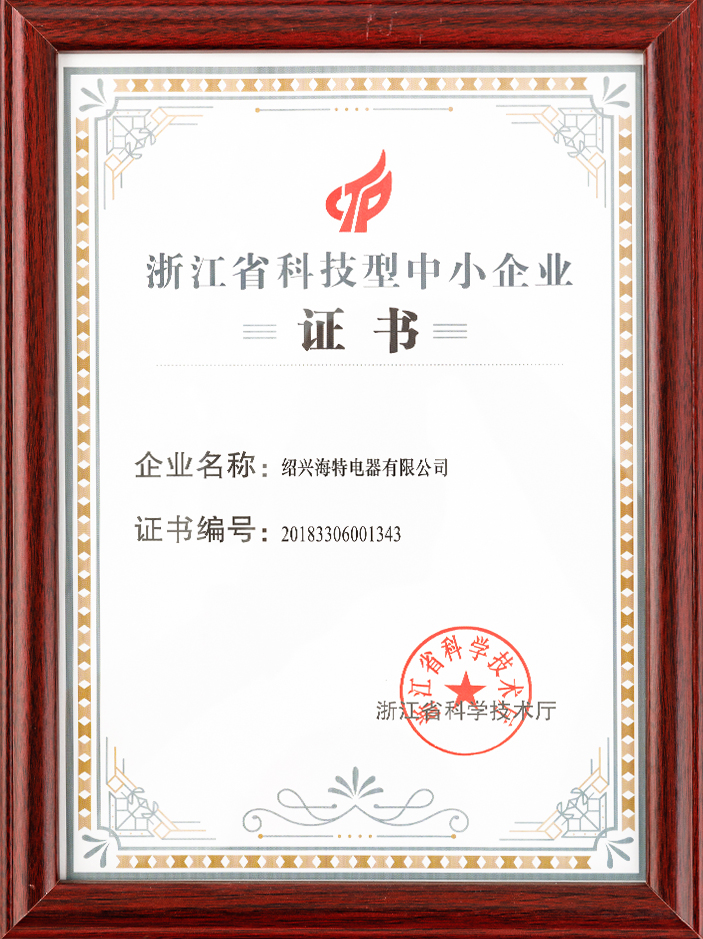
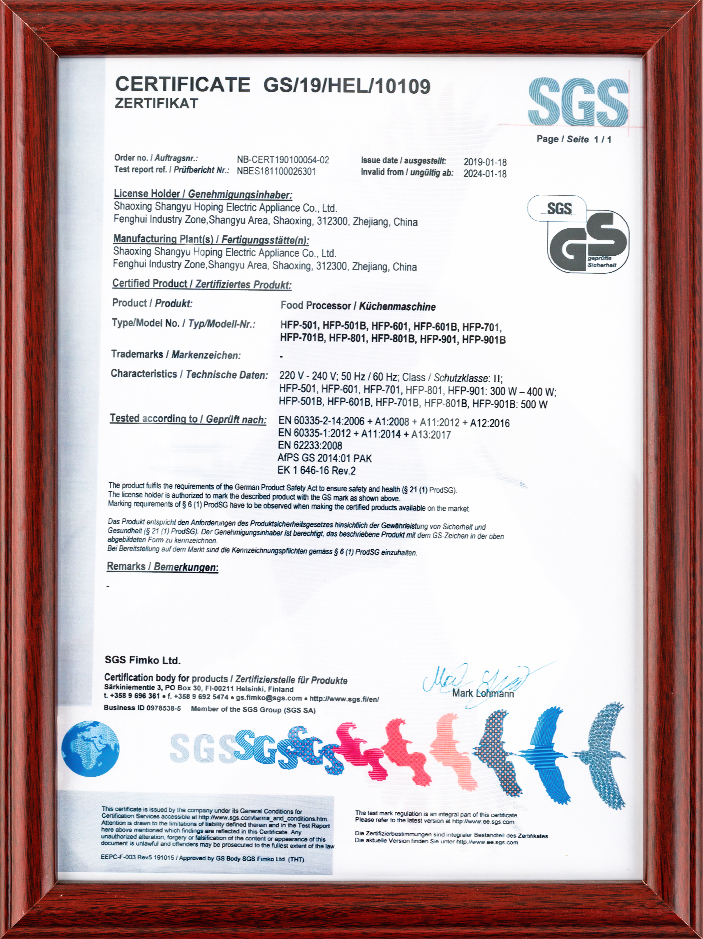





 浙公网安备 33060402001386号
浙公网安备 33060402001386号 